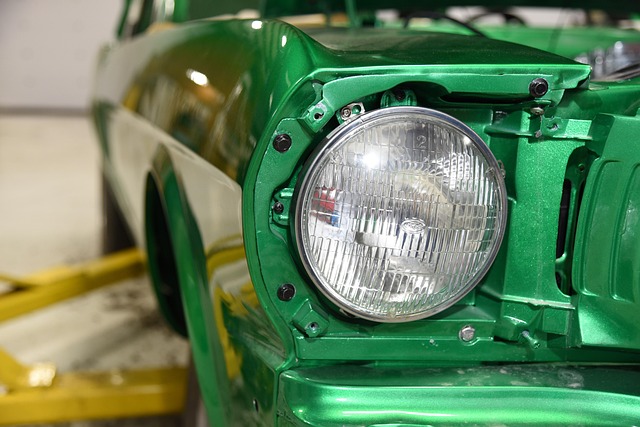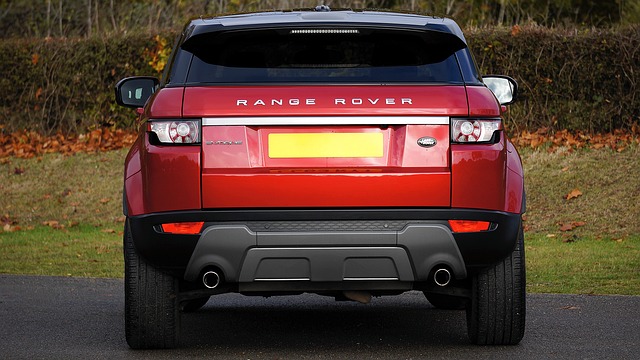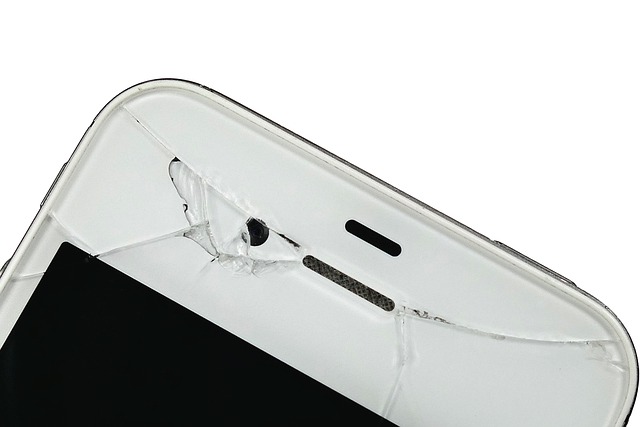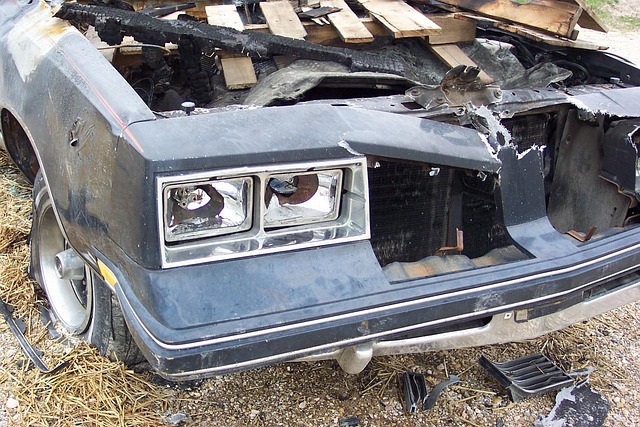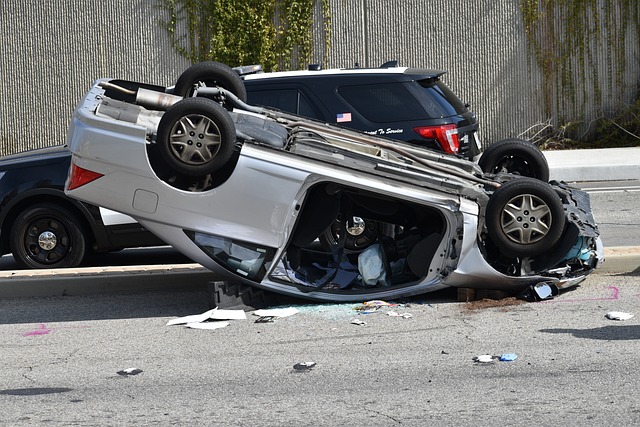Quarter panel dent repair is a specialized service within auto collision repair, using various techniques from manual to advanced technologies to restore damaged panels. However, severe dents might require full panel replacement due to misaligned gaps, uneven paint, or rust beneath the dent. Cost should be considered alongside aesthetic and structural integrity; regular auto detailing aids in making informed decisions for either repair or replacement.
“Discover when a quarter panel dent repair is sufficient or if full panel replacement is the better option. This guide delves into the intricacies of quarter panel dent repairs, exploring various techniques and their limitations. We also examine scenarios where full panel replacement becomes necessary, highlighting key signs and considerations. Additionally, we provide an in-depth cost comparison between these two options to help you make an informed decision for your vehicle’s restoration.”
- Understanding Quarter Panel Dent Repair: Techniques and Limitations
- When is Full Panel Replacement Necessary? Signs and Considerations
- Cost Comparison: Quarter Panel Dent Repair vs Full Panel Replacement
Understanding Quarter Panel Dent Repair: Techniques and Limitations
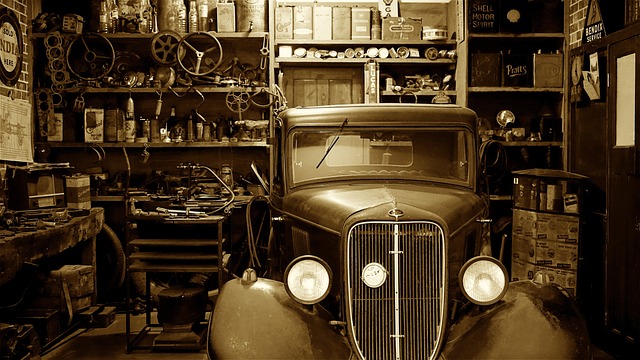
Quarter panel dent repair is a specialized service within the broader field of auto collision repair. It involves the meticulous process of restoring a car’s quarter panel to its pre-damage condition, addressing dents and dings that may have occurred from minor impacts or accidents. Techniques for this repair range from manual methods like hammering and plastic welding to more advanced technologies such as computer-aided restoration and laser alignment.
While effective, quarter panel dent repair has limitations. Severe or deep dents may require more extensive work, sometimes necessitating full panel replacement. Additionally, the complexity of the repair increases with the car’s age and the original quality of its body panels. In some cases, especially with vintage or classic vehicles, the quest for originality might lead owners to opt for vehicle restoration, prioritizing meticulous attention to detail rather than mere dent removal. Auto detailing plays a crucial role after the repair, ensuring the quarter panel blends seamlessly with the rest of the vehicle’s exterior, enhancing its overall aesthetic appeal and resale value.
When is Full Panel Replacement Necessary? Signs and Considerations

In many cases, a quarter panel dent can be repaired effectively with specialized techniques like paintless dent removal or traditional filling and painting methods. However, there are instances where full panel replacement becomes necessary. This is typically true when the damage extends beyond the visible surface, affecting structural components or surrounding panels. Severe dents that have caused metal deformation, cracks, or holes often require a complete panel swap to ensure the vehicle’s safety and structural integrity.
Signs that indicate full panel replacement might be required include misaligned panel gaps, uneven paint surfaces, or the presence of rust and corrosion beneath the dented area. If the damage is extensive, affecting multiple adjacent panels or compromising key structural elements, an automotive body shop specializing in collision repair will likely recommend a full panel replacement. Auto repair services of this nature ensure that the vehicle not only looks its best but also maintains optimal safety standards post-repair.
Cost Comparison: Quarter Panel Dent Repair vs Full Panel Replacement

When comparing quarter panel dent repair to full panel replacement, cost is a primary consideration. While it may seem counterintuitive, repairing a single dent can sometimes be more economical than replacing an entire panel. Auto dent repair specialists can expertly restore damaged areas, often at a fraction of the cost of a complete car body repair. This is especially true for minor dents and dings that haven’t caused significant structural damage or paint imperfections.
However, as the extent of the damage increases, so does the likelihood that full panel replacement becomes the more cost-effective option. In cases where multiple dents are present or the existing panel is severely compromised, a complete overhaul may be necessary to ensure long-lasting results. Keeping these factors in mind, along with regular auto detailing and maintenance, can help drivers make informed decisions regarding their vehicle’s aesthetic and structural integrity.
When deciding between quarter panel dent repair and full panel replacement, understanding the limitations of minor repairs and recognizing signs that warrant a more extensive fix is key. While quarter panel dent repair can be cost-effective for smaller dents, it may not be durable or aesthetically pleasing in the long term. Full panel replacement, though pricier, offers a complete restoration, ensuring structural integrity and a seamless finish. Ultimately, the choice depends on both the extent of the damage and personal preferences, with the goal of achieving a safe and visually satisfying vehicle condition.

